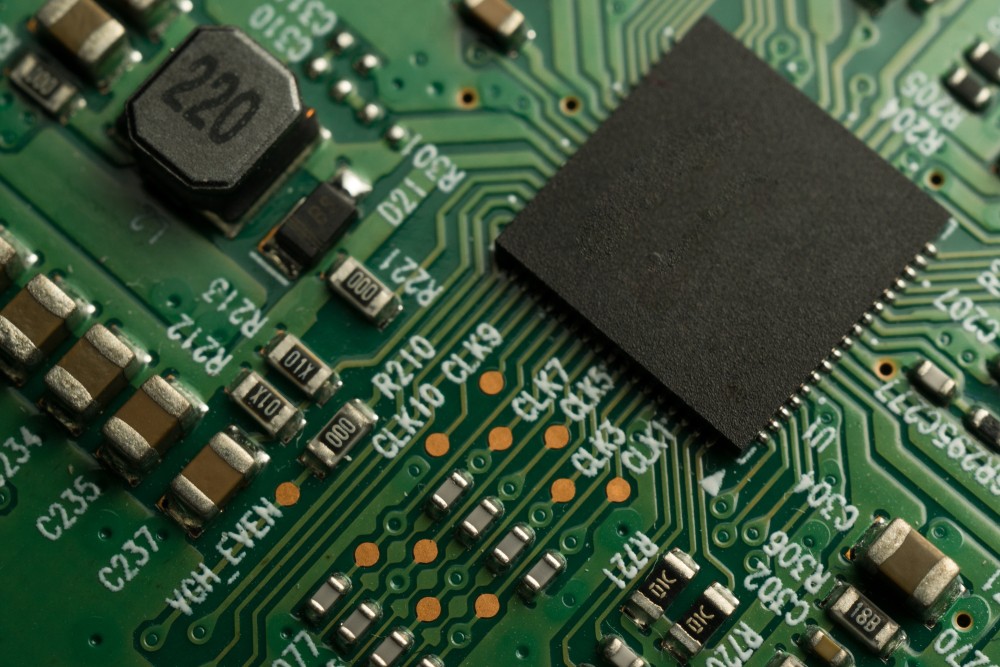In the process of PCBA OEM, tin penetration is very important. If the tin penetration of PCBA sheet is not good enough, it will face the risk of faulty soldering, tin cracking and even parts dropping. Today, we will introduce the factors that affect the penetration of tin by PCBA OEM!

1. Materials
High temperature molten tin has strong permeability, but not all welding metals (PCB board and components) can penetrate. For example, aluminum usually forms a dense protective layer on its surface, and different internal molecular structures make it difficult for other molecules to penetrate. Second, if there is an oxide layer on the surface of the welding metal, it will also prevent the penetration of molecules. We usually wipe with flux or gauze.
2. Flux
Flux is also an important factor affecting the poor permeability of PCBA substitute tin. Flux is mainly used to remove the surface oxides of PCB and components and prevent reoxidation during welding. Improper selection, uneven coating and too little flux will lead to poor tin penetration. Fluxes of famous brands can be selected, which have high activation and penetration effects, and can effectively remove oxides that are difficult to remove; Check the flux nozzle. The damaged nozzle shall be replaced in time to ensure that the PCB board surface is coated with an appropriate amount of flux to give full play to the welding effect of the flux.
3. Wave soldering
The poor tin penetration of PCBA is directly related to the wave soldering process. The welding parameters with poor penetration, such as wave height, temperature, welding time or moving speed, are re optimized. First of all, reduce the path angle appropriately, increase the wave crest height, and improve the contact between the tin solution and the welding end; Then, increase the wave soldering temperature. Generally speaking, the higher the temperature is, the stronger the permeability of TiN is. However, the tolerance temperature of components should be considered; Finally, the speed of the conveyor belt can be reduced, and the preheating and welding time can be increased, so that the flux can fully remove the oxide, soak the welding end, and improve the tin consumption.
4. Manual welding
In the actual plug-in welding quality inspection, a considerable part of the weldments only formed a cone of solder on the surface, but there was no tin penetration in the vias. In the functional test, it was confirmed that many of these parts were faulty soldering, which was mostly caused by improper soldering iron temperature and too short welding time in manual plug-in welding. The poor tin penetration of PCBA OEM materials will easily lead to faulty soldering, which will increase the cost of repair. If the requirements for PCBA tin penetration are high and the requirements for welding quality are strict, selective wave soldering can be used to effectively reduce the problem of poor pcba tin penetration.
The reason why PCBA cleaning is becoming more and more important is that contaminants do great harm to circuit boards. As we all know, some ionic or non-ionic pollution will be generated during processing, which is usually called some visible or invisible dust. When exposed to a humid environment or electric field, it will cause chemical corrosion or electrochemical corrosion, generate leakage current or ion migration, and affect the performance and service life of the product. Today, let's analyze the PCBA processing pollution in detail. Contaminants are defined as any surface deposits, impurities, slag inclusions and adsorbates that reduce the chemical, physical or electrical properties of PCBA to unacceptable levels. It mainly includes the following aspects:
1) PCBA components, PCB board itself pollution or oxidation will bring PCBA board surface pollution;
2) During the production and manufacturing of PCBA, solder paste, solder, solder wire, etc. shall be used for welding. The flux will produce residues on the PCBA board surface during the welding process, which is the main pollutant;
3) Hand marks produced in the process of manual welding, wave soldering process will produce some wave soldering claw foot marks and welding pallet (fixture) marks, and the PCBA surface may also have different levels of other types of pollutants, such as plugging glue, residual glue of high-temperature tape, hand marks and flying dust;
4) Dust in the workplace, vapor and smoke of water and solvent, micro particulate organic matter, and the pollution of charged particles attached to PCBA caused by static electricity.
The above indicates that the pollutants mainly come from the assembly process, especially the welding process. PCBA processing pollutants mentioned above mainly come from SMT mounting process, especially in welding process. Therefore, the staff are required to have extremely professional operation skills and skilled operation skills, otherwise the production of PCBA will become particularly difficult.